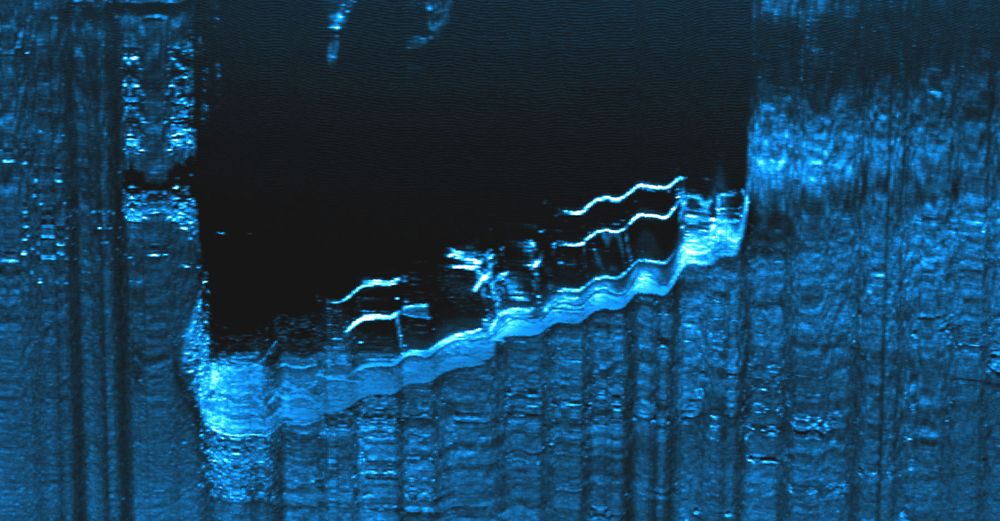Famed Physicist Ernest Rutherford Helped Pioneer Sonar in Secret

Ernest Rutherford is best-known for splitting the atom, but that's not his only claim to fame. The British physicist also helped pave the way for sonar technology.
Rutherford produced a secret report during World War I that would form the basis for acoustic technology to detect German U-boats, which were a menace to the British Navy and merchant vessels.
Now known as the father of nuclear physics, Rutherford became the first person to split an atom in 1917 in a reaction between nitrogen and alpha particles. Earlier, he discovered the concept of a radioactive element's half-life, for which he won a Nobel Prize in Chemistry. [7 Technologies That Transformed Warfare]
In 1915, Rutherford published a paper about a signaling system that would use sound waves beyond the range of human hearing.
"This is the first mention of the system that would one day become modern sonar," Christine Twigg, a researcher at the University of Manchester who has studied this phase of Rutherford's career, said in a statement.
The report paved the way for anti-submarine warfare, which "would safeguard thousands of Allied lives in both world wars," Twigg added.
Rutherford and his colleagues performed secret experiments to test underwater microphones (hydrophones) in water tanks in labs at the University of Manchester. Later, they used donated fishing trawlers to conduct full-scale tests at a research outpost on the south coast of Fife, Scotland.
Sign up for the Live Science daily newsletter now
Get the world’s most fascinating discoveries delivered straight to your inbox.
The famed physicist's students and colleagues included the physical scientists Albert Beaumont Wood, Harold Gerrard, Robert Boyle and William Henry Bragg, who shared their ideas with the French, including physicist Paul Langevin.
Together, these scientists produced a working prototype of sonar, which the British originally called "ASDIC" (short for Active Sound Detection supersonIcs). Toward the end of World War I, British Royal Navy warshipswere outfitted with early sonar prototypes, but the technology was not heavily used until World War II.
Rutherford led an official British scientific mission to the United States in 1917. The mission coincided with the U.S. entry into World War I, which was prompted in part by a German U-boat attack on the RMS Lusitania that killed 128 Americans.
The U.S. established a new naval research center in New London, Connecticut, and Rutherford continued to work with Americans even after the war was over. The work was kept secret for many years, under the United Kingdom's Official Secrets Act. Rutherford's role is not well-known, and it was "one of the greatest official secrets at the time of his death in 1937," Twigg said.
Follow Tanya Lewis on Twitter and Google+. Follow us @livescience, Facebook & Google+. Original article on Live Science.
